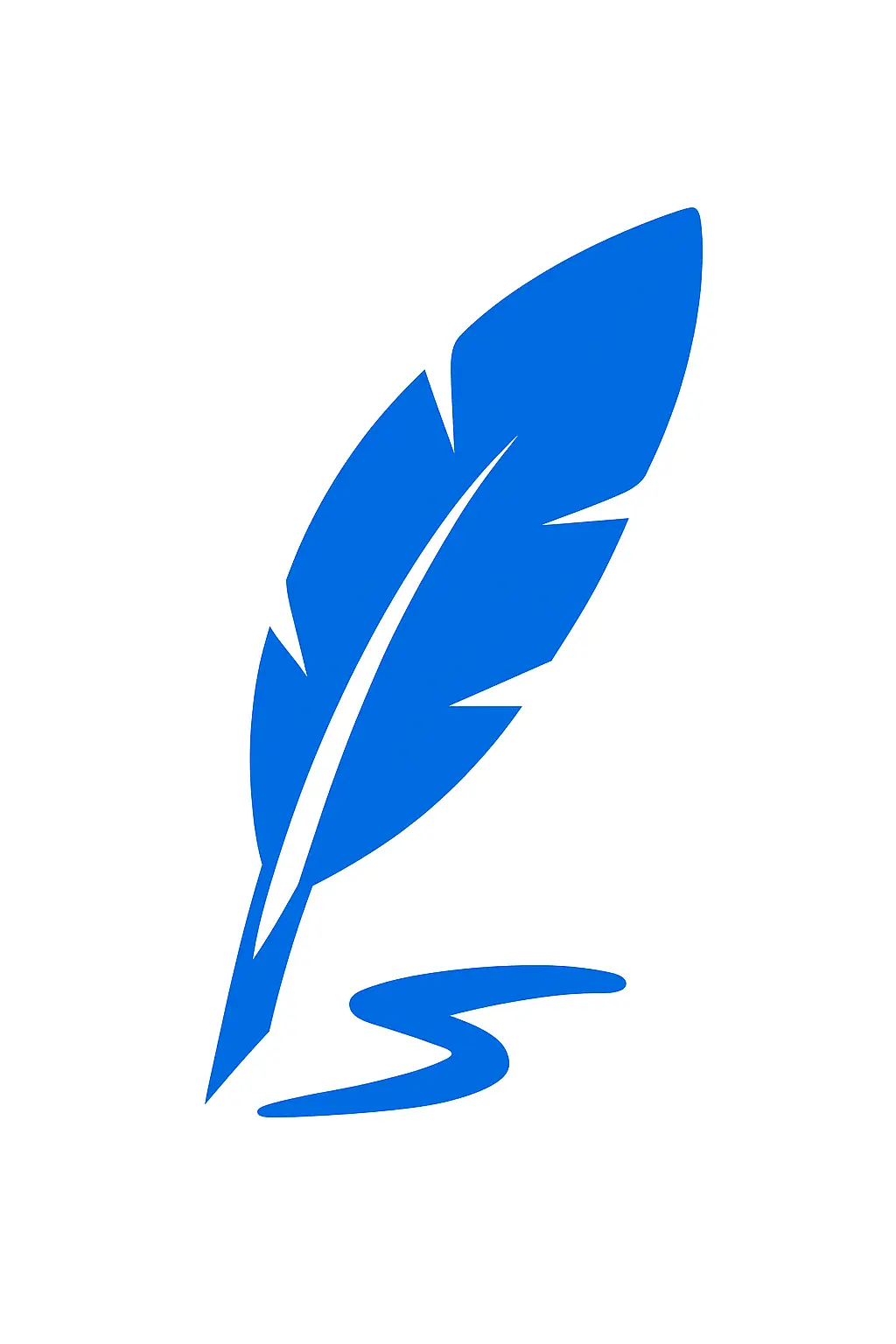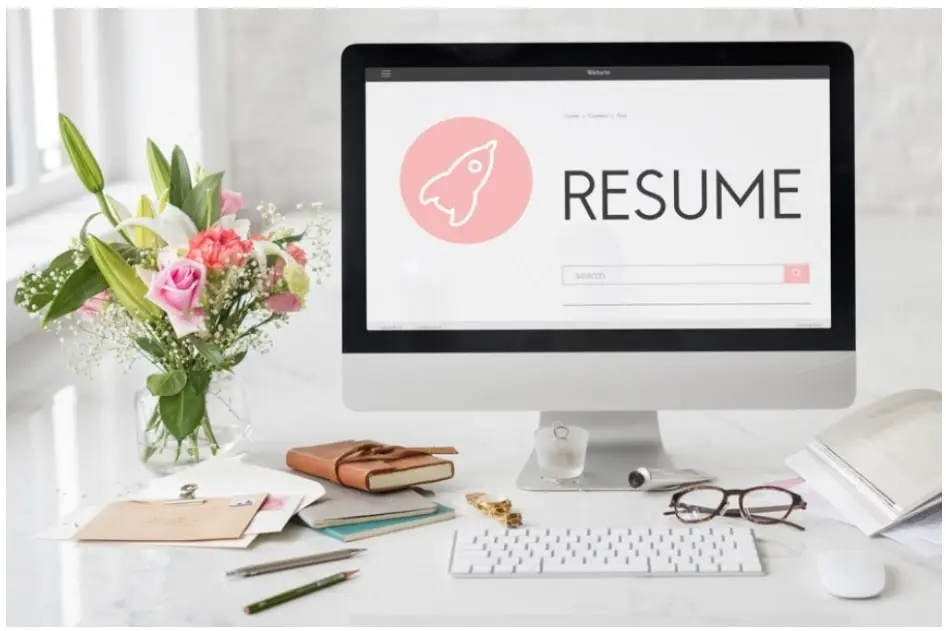 Written By Editorial Team
Written By Editorial Team
Have you seen a neatly organized kitchen drawer where utensils are placed in different sections? The proper sectioning is done categorically so that you won’t have to struggle to find the correct spoon you are looking for when cooking.
The same goes for a resume. According to statistics, employers reject about 90% of resumes they get and you would not want that for sure. Therefore, the information should be perfectly placed in the designated section, in the correct order. This makes it easier for a recruiter to see the desired skills or experience per the job requirement.
A resume outline gives a better understanding of where the content should be placed, how it should be placed, and in what order. It also guides you regarding unnecessary or distracting information which should not be included.
This guide will answer all your questions regarding what a resume outline is, its layout, and the sections you must include with outline example. Read further to find the answers to all of your resume-related questions.
What Is A Resume Outline?
Before making a resume, you must determine the outline and layout to start writing. The outline for a resume specifies what topics you will put in your professional summary, work experience, education, skills, certifications, and achievements. A resume outline is essential regardless of the job you are applying for since it enables you to format and arrange your resume so that you know exactly what goes where.
It also creates a clear and structured look so the hiring manager will know exactly where to look for what and can decide quickly whether to invite you for an interview or not. Starting with a resume format in Word template can help you arrange each section according to this outline from the very beginning.
Resume Layout
The best resume layout is finalized after assessing the job description. This outline divides your professional profile into different sections. Next, the resume layout outlines the specific information that should be included in each section of a resume. Typically, 10 types of sections can be included in the resume, which are:
- Contact Information
- Professional Summary/Objective
- Work Experience
- Skills
- Education
- Awards & Certifications
- Languages
- Volunteer Work
- Personal Projects
- Interests/ Hobbies
However, this outline format definitely does not mean that you should include just anything that comes to your mind. Sometimes “Volunteer Work” or “Interest” sections are irrelevant and do not pose an attractive stance in front of the recruiter.
What you include on a resume will vary depending on the position and your experience level. Personal information, career history, and skill areas are necessary and cannot be omitted. So, you have to decide carefully what sections to include and what not to, depending on the job you are applying for.

Resume Outline Sections
There is a certain manner in which information is inserted in each section; understanding each section and how they are supposed to be written gives a resume a nice and crisp look.
Let’s go through each section one by one:
Personal Information
This section is relatively simple; you just have to include basic and correct information. This is an essential section because a recruiter won’t know how to get in touch with you without it.
Putting in the wrong information can close the door for your new job, and even worse, it can put a negative impression in the eyes of the recruiter. Here is the mandatory personal information one should include in their resume:
- Full name
- Position Title
- Phone number
- Email Address
- Address
If you have any relevant profiles, you can also include them. For example, if you are a graphic designer, putting up your portfolio link will ultimately make it easier for your recruiter to see your work and push them to call you for an interview.
In the corporate sector, including your LinkedIn profile link gives you an edge over other resumes. This shows that you are actively participating in the professional world.
Example
John Doe
Graphic Designer
012-376-7598
johndoe@gmail.com
Washington, DC
linkedin.com/in/johndoe
Professional Summary/Objective
A resume summary is a concise paragraph that emphasizes your most significant professional accomplishments and competencies. This is written in three to five sentences and gives the hiring manager an idea of your primary qualifications, the traits that set you apart from other candidates, and how your professional aspirations align with the long-term objectives of the organization.
On the other hand, a resume objective is a catchy statement of your desired professional path.
The resume objective shows why you are the best person for the position. If you are someone with less or zero work experience, a resume objective is the one you should go for.
Example Resume Summary
With three or more years of expertise as a professional marketing assistant conducting thorough market research, designing remarkable advertising campaigns, and offering superior brand management services. Acknowledged for having the ability to create content of a high caliber and to apply digital marketing strategies to raise rankings, conversion, and click-through rates.
Example Resume Objective
To land a position as a marketing assistant so I can use my expertise as a marketing professional productively. Looking for a marketing career where my training and experience will be utilized regularly.
Work Experience
A strong work experience section is crucial since it demonstrates that you have the skills essential to be a benefit to a potential employer.
Your resume’s work experience section needs to include details about your professional background, such as past job titles, employers, dates of employment, responsibilities, acquired skills, and accomplishments. Your potential employer will most likely scan the job experience section first to gain a fast overview of your working history.
Outline Example
Human Resources Manager
April 2019–June 2022
Lotus Energy, Washington, DC
- Supervised the work of a 5-persons team in the human resources department.
- Effectively maintained and enhanced company-employee ties by liaising between senior management and staff.
- According to the demands of the department managers and the corporate budget, we researched, recruited, staffed, onboarded, and trained new employees.
- I made sure that all corporate rules, legal requirements, and health and safety guidelines were followed.
- Payroll, employee benefits, corporate events, and team-building activities were all administere.
Skills
Your resume’s skills section lists your skills and abilities relevant to the positions you are applying for.
You must customize the skills portion of your resume as closely as possible and adhere to the specifications stated in the job description. Your chances of being chosen for an interview increase more when your skills match those needed for the position. You can include technical and hard skills.
Example of web developer skills:
Soft Skill
- Collaboration
- Communication
- Creative Thinking
Hard Skills/Programming
- JavaScript
- JQuery
- WordPress
- PHOP
- Photoshop
- Illustrator
Education
Education is one of the must-have sections in the outline of a resume. You can write educational information by starting with the highest degree you hold and adding all additional degrees in reverse chronological order.
Do not provide your high school information if you have completed college. Include the following details:
- A recent degree of yours (or education in progress)
- Your institution’s name
- Where your school is located
- Dates of attendance and graduation (or expected graduation date)
- Your primary academic focus and degree major
- Your GPA (only if it is greater than 3)
Example
2016-2020 BS, Software Engineering
University of America
- Actively learned and implemented knowledge of programming languages.
- Excelled in user experience and user interfaces.
- Successfully designed a high-functioning app for the final year project.
Awards and Certification
If you have previously achieved a prestigious award or got certifications by completing a relevant course, took a workshop, or participated in a seminar, you can briefly include it in your resume.
Example
Gym Instructor
Awards
- Runner up in the National Championship.
- Consecutive 4 times Trainer of the Month
Certifications
- CPR First Aid and AED
- Crossfit Level 3 Instructor and Coach’s Prep Certified
Languages
If you are applying for a position in another country, this section is not to be missed. Before hiring employees from out of the country, every employer is conscious of the language barrier impact. By including the languages you understand and speak, you will satisfy the confusion of the recruiter.
Volunteer Work
You can also include relevant volunteer work in your resume outline. The volunteer work section is admirable for recruiters looking for someone with excellent social skills. The outline format for this section will be the same as the work experience, including your title, the organization’s name, and the date followed by your role and job duties there.
Personal Projects
This section is not mandatory. But if you are a freshie, to make your one-page resume more creative and attractive, you can include some personal projects you might have done by yourself or through academic duties. It is best if the projects mentioned are relevant to the job you are applying for.
Interests/ Hobbies
If you are a freshie or have very little experience, you can include this part and put relevant interests or hobbies in it, which basically gives an idea about your personality to recruiters.
Example
- Reading newspapers
- Writing informative articles
- Journalism
There you go; now you know all about resume outlines with our resume outline examples and can create a perfect resume outline for any job you apply for in the future.

